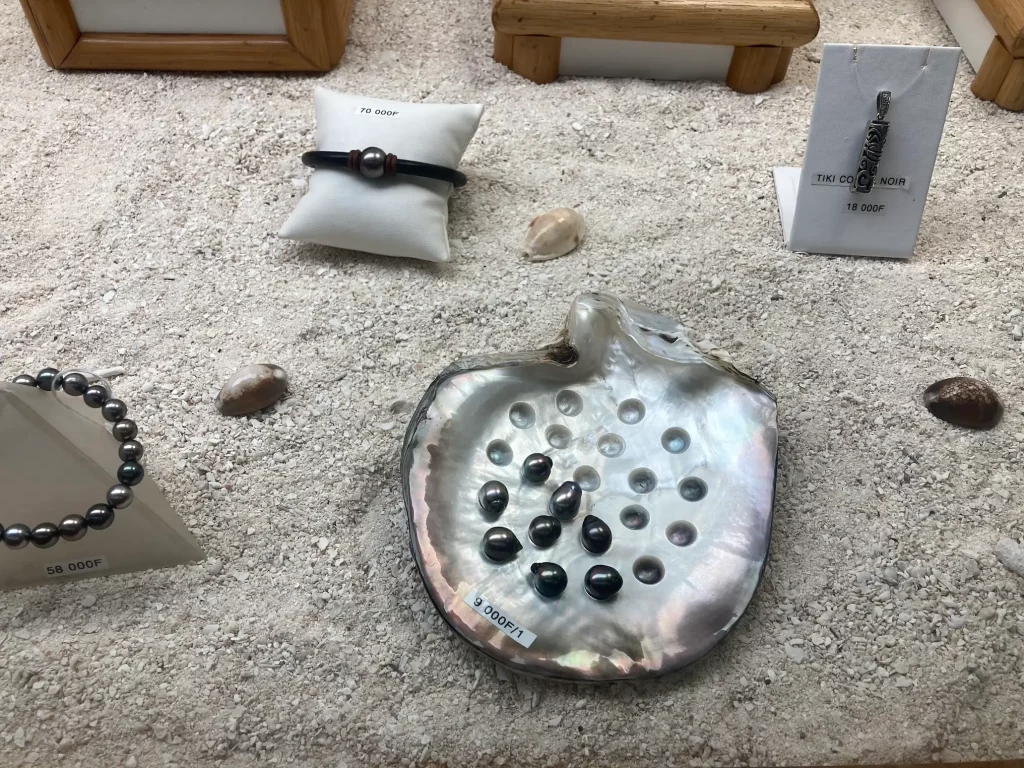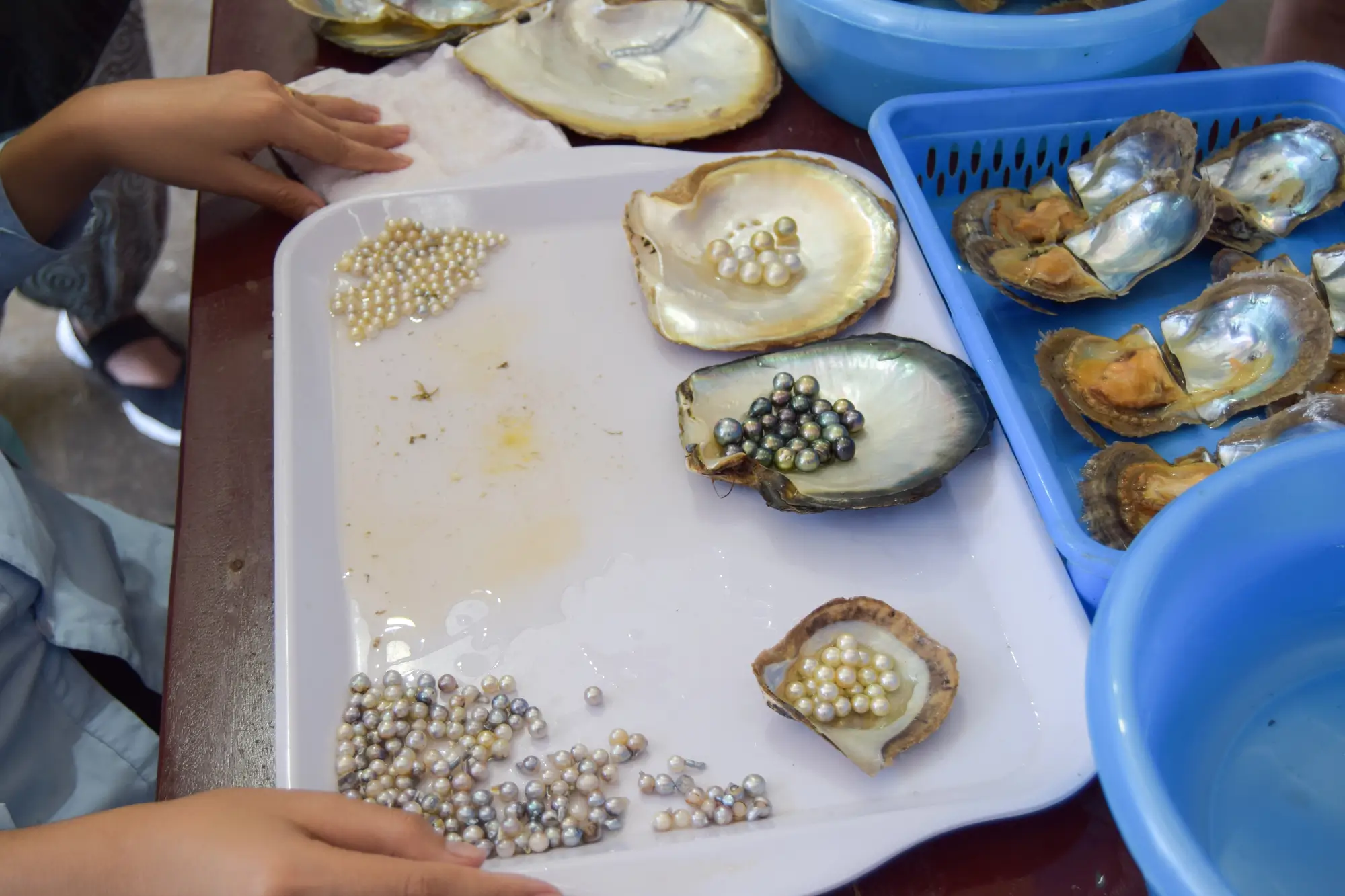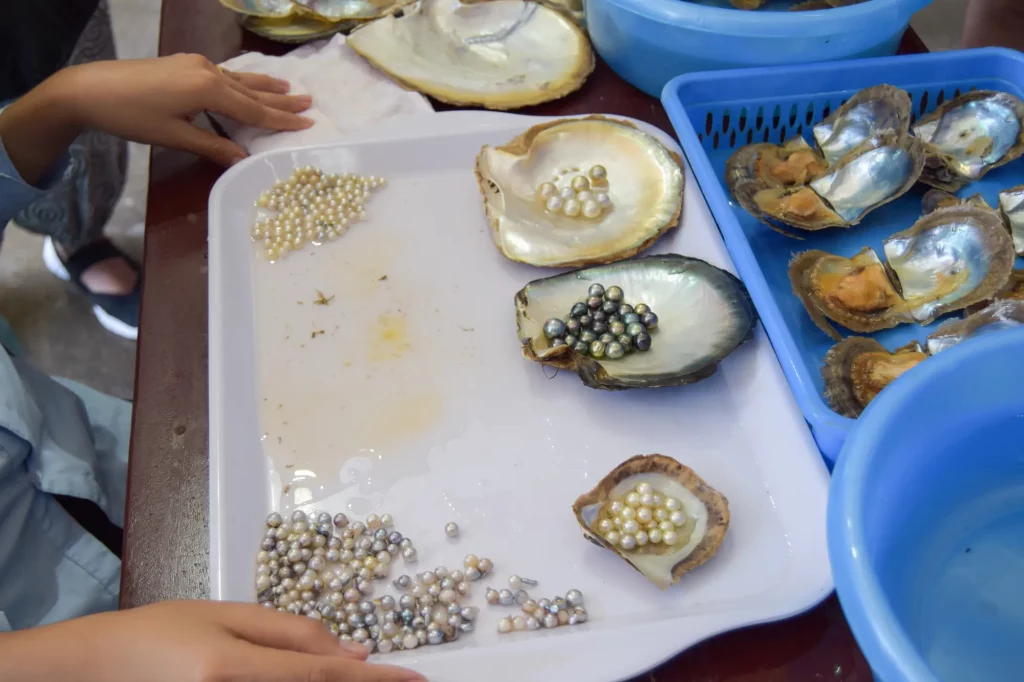
Are pearls truly nature’s perfect gems? Do they embody beauty, rarity, and a timeless allure?
Indeed, they do. In various shapes, colors, and sizes, pearls have captured people’s imagination for centuries.
Most pearls available today are cultivated in farms using oysters or freshwater mussels, as natural pearl formation in the wild is a rare occurrence.
So what is a pearl farm? How are pearls cultured? And what is the business of pearling? Let’s dive deep into the answers below!
What is a Pearl Farm?
Although the allure of these ocean gems has always existed, the pearling industry did not take off until the early twentieth century. It began in Japan, then spread to Australia, and eventually to the rest of the world, marking the birth of cultured pearls and pearl farming.
Pearls are naturally formed when an oyster protects itself by secreting nacre (the iridescent inner shell layer also known as mother of pearl) on an irritant that has made its way inside its body. The nacre just so happens to be a beautiful, shiny, and milky substance that fascinates many.
Today, oysters are grown and farmed to replicate this wonder of nature. This is the purpose of the pearling industry.
The Cultivation Process: From Oyster to Gem
Pearls are farmed all over the world, in waters that are sheltered from storms and are nutrient-rich. Depending on the type of oyster, the process of cultivation can take anywhere between 2 to 6 years until a pearl is ready for harvest.
Initially, a specialist known as a technician surgically implants an irritant into the oyster’s body. Often, this irritant is in the form of a beaded nucleus (a tiny piece of oyster shell that has been cut, rounded and polished) that is inserted with a piece of mantle tissue from another oyster. This other oyster is unfortunately sacrificed for its desired mother-of-pearl coloring.
The piece of mantle tissue will determine the color of the new pearl, as the oyster will secrete nacre to match the mantle tissue color. The oysters are then placed in panels and hung in the sea where they feed and build their pearls.
For an oyster to produce high-quality pearls, it must remain healthy and undisturbed by external stressors. For this reason, the oysters are periodically pulled from the ocean to be cleaned of barnacles, sponges, and any harmful bacteria. When a pearl is harvested, a new beaded nucleus is inserted and the process repeats itself.
It is a patient and delicate procedure whereby less than 5% of the surviving oysters manage to produce high-grade pearls. These are then soaked and polished before being processed into jewelry and sold.
Freshwater Challenges: Culturing Pearls in Freshwater Mussels
Culturing freshwater pearls is a slightly different process from farming saltwater pearls. The time it takes for a pearl to be ready for harvest takes between 2 to 5 years, similar to that of saltwater pearls, however they are cultivated in rivers, lakes and ponds instead of the sea.
Unlike saltwater pearls, freshwater pearls are non-beaded; they do not require a nucleus to be inserted, as they form in the mantle rather than in a pearl pocket.
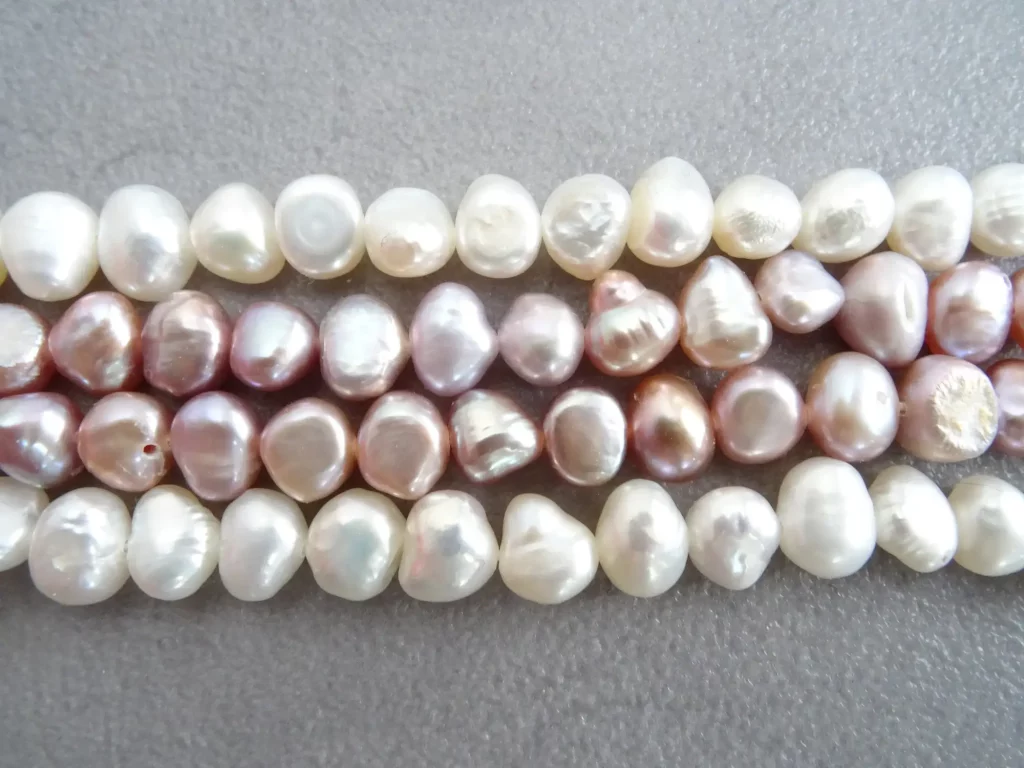
Saltwater vs. Freshwater Pearls
| Saltwater Pearls | Freshwater Pearls | |
|---|---|---|
| Origin | Formed in oysters in the ocean – wild shell are commonly found in protected areas such as lagoons or bays. | Produced in mussels found in freshwater lakes and rivers. |
| Nacre and Luster (the substance that forms the pearl and it’s shine) | As produced with a nucleated bead, saltwater pearls have a thinner layer of nacre, and often produce a higher luster. | A piece of tissue is used from another mussel to stimulate nacre production and thus freshwater pearls have a thicker layer of nacre and a softer luster. |
| Shape and size | Rounder and uniform in shape. | Varied in shape and often irregular. |
| Price and rarity | Generally more expensive and valuable due to their rarity and length of production. | Generally cheaper as they are more abundant. One mussel can produce up to 50 pearls at once. |
| Durability | More delicate due to the thinner layer of nacre and requires frequent care. | Due to their thicker layer of nacre, they are more durable and require less maintenance. |
Ethical Considerations: The Debate Over Pearl Harvesting
Is there an ethical way to farm pearls? To an extent, yes.
By implementing responsible farming practices such as managing water quality and waste, as well as using eco-friendly tools and appliances, investing in pearl farming can be a long-term sustainable venture that has minimal environmental impact.
Moreover, it offers an environmentally friendly alternative to harvesting wild oysters, thus avoiding environmental damage and imbalance.
However, even though an oyster or mussel does not have a brain of its own, they still possess a nervous system which means they have some perception of pain. Since the process of creating a pearl is essentially an oyster reacting to an irritant, it can be deduced that the oyster is in pain or stress throughout the process of creating a pearl.
Furthermore, oysters are also killed for the use of their mantle tissue in creating new pearls. These factors can be considered an unethical practice, even though pearl farming as a whole is a sustainable form of aquaculture.
The Business of Pearls
Pearl farming can be a profitable venture if done correctly and carefully. There has long been a demand for pearls, and pearl farming as a livelihood is considered a reasonable long-term investment, despite the high initial capital cost.
Pearling is also time-consuming, requiring meticulous attention to detail and significant physical effort.
Risks of the pearling business lie with fluctuating demand and market prices for pearls, their meat, and their shells (used in cosmetics), as well as potential crop failures.
But when done right, it can yield long-term benefits and be a sustainable source of income for pearl farmers and their employees.
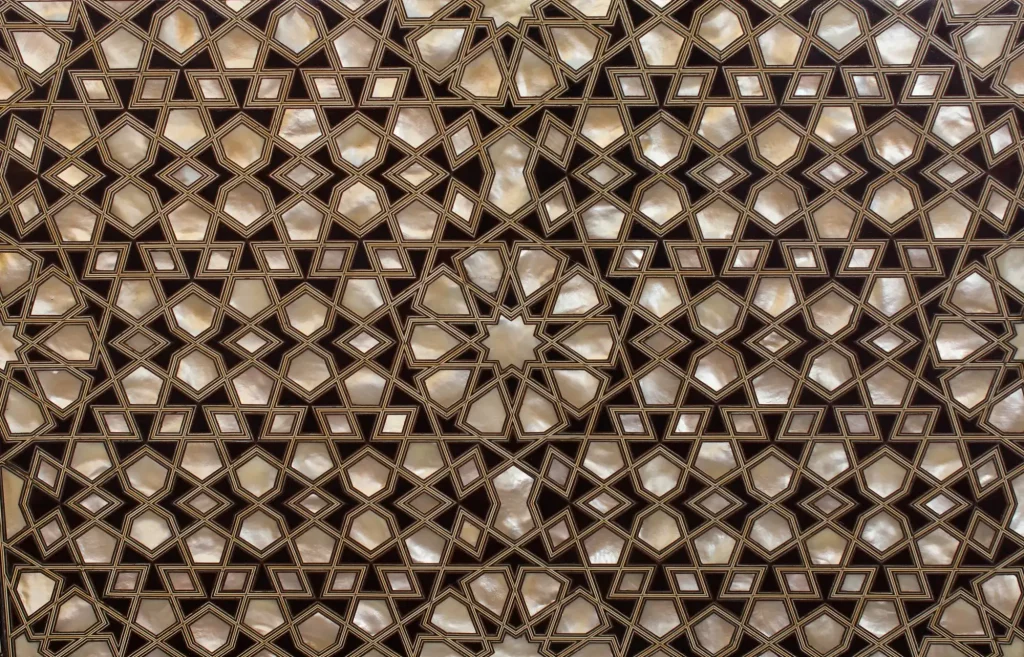
Get Involved!
If you are interested in learning more about pearl farming or would like to get involved with the business, here are two potential employers in North America:
- Tennessee River Freshwater Pearl (Tennessee)
- Cozumel Pearl Farm (Mexico)
And overseas:
- Autore Pearls (Indonesia and Australia)
- Les Merveilles du Pacifique (Tahiti, French Polynesia)
